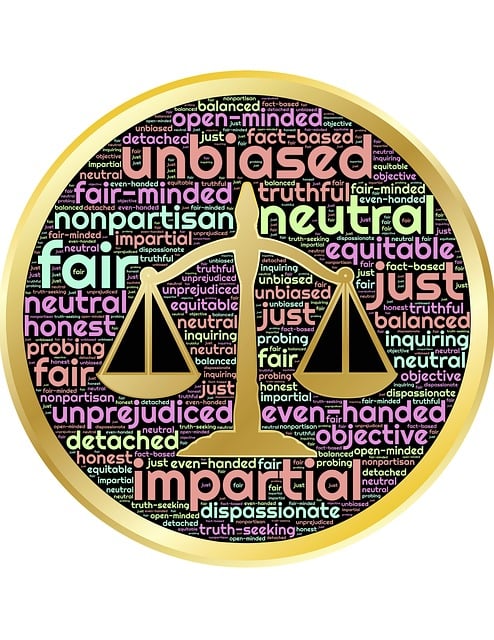Oregon's contempt of court cases have evolved from direct challenges to court authority to a broader range of behaviors, reflecting modern legal complexities and the need for robust mechanisms to ensure parties fulfill obligations. Oregon contempt case studies showcase individuals and entities held accountable for violations, offering critical insights into judicial system implications and precedents that guide courtroom decorum and legal interpretations. These cases enhance the efficiency of Oregon's legal system by providing clear guidelines for judges and clarity for all parties involved.
Oregon’s courtrooms have witnessed a myriad of cases involving contempt, each shaping the state’s legal landscape. This article delves into the historical perspective of Oregon’s contempt laws, explores notable cases that defined their application, and examines the legal implications and precedents set. By studying these Oregon contempt case studies, we gain insights into the complex interplay between citizen duty and judicial authority, crucial for understanding contemporary legal interpretations.
- Historical Perspective: Oregon's Contempt Laws
- Notable Cases: When Contempt Calls
- Legal Implications and Precedents Set
Historical Perspective: Oregon's Contempt Laws

Oregon’s approach to contempt of court has evolved over time, mirroring broader societal and legal changes. Historically, the state’s contempt laws were primarily used to enforce court orders and maintain judicial integrity. Early Oregon contempt cases focused on direct challenges to court authority, such as refusing to follow a judge’s orders or disrupting proceedings. These instances often involved civil disputes where parties failed to comply with agreed-upon terms or court-mandated settlements.
Over the years, Oregon contempt case studies have expanded to encompass a wider range of behaviors, particularly in family law and domestic relations cases. The state’s courts now address issues like willful failure to pay child support, refusal to cooperate in custody arrangements, and repeated noncompliance with discovery requests. This evolution reflects the increasing complexity of modern legal disputes and the need for robust mechanisms to ensure parties fulfill their obligations and respect court processes.
Notable Cases: When Contempt Calls

Oregon contempt case studies offer a compelling look into scenarios where individuals or entities have been held accountable for violating court orders. These notable cases highlight the power of courts to enforce their decisions and maintain order. One such instance involves a dispute over child custody, where a parent was found in contempt for repeatedly failing to comply with visitation schedules, demonstrating a deliberate disregard for the court’s decree.
Another significant case revolves around environmental violations, where a company was held in contempt for not adhering to pollution control measures mandated by an Oregon state court. This demonstrates the court’s ability to address environmental concerns and ensure compliance with ecological regulations, underscoring the far-reaching implications of contempt charges in various sectors. These Oregon contempt case studies serve as vital lessons, emphasizing the importance of respecting legal obligations and the consequences that follow when these are willfully ignored.
Legal Implications and Precedents Set

Oregon contempt case studies offer valuable insights into the legal implications and precedents set within the state’s judicial system. These cases serve as a crucial resource for understanding the power of courts to enforce their orders and maintain decorum in the courtroom. Through meticulous examination, legal scholars and practitioners can analyze how different scenarios of contempt have been handled, shaping future decisions and interpretations of existing laws.
The precedents set by these Oregon contempt case studies extend beyond the immediate parties involved. They establish guidelines for judges to assess whether an action constitutes contempt, setting a standard for consistent application across various cases. This consistency ensures fairness and predictability in legal outcomes, allowing individuals and organizations to navigate courtroom proceedings with greater clarity regarding their obligations and potential consequences of non-compliance.






